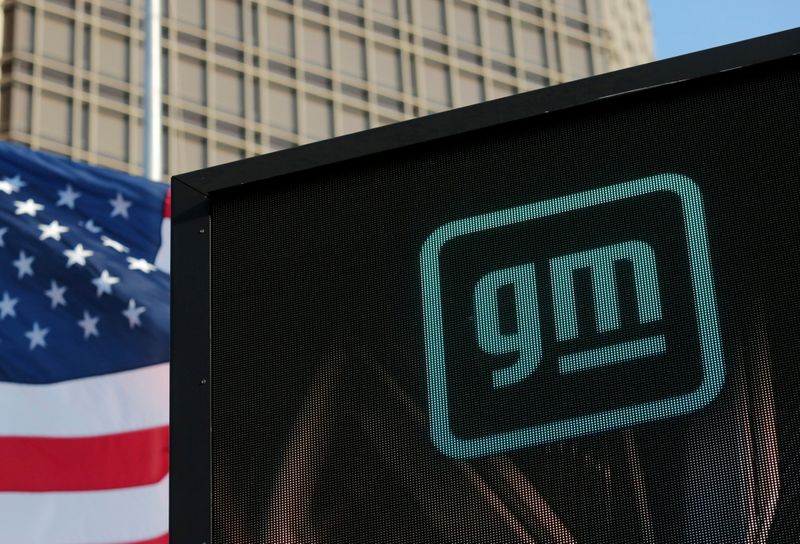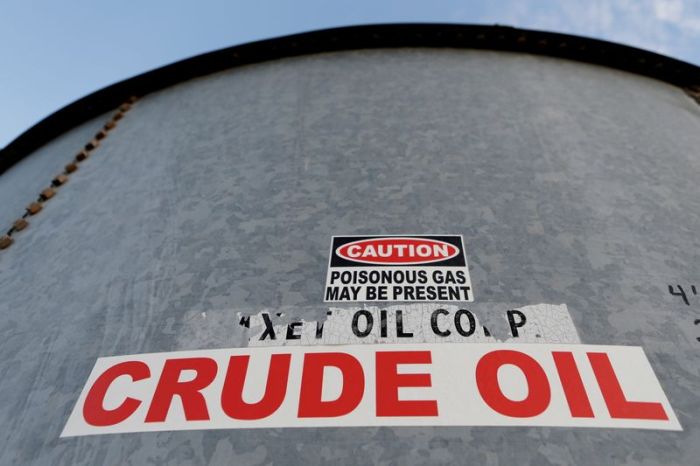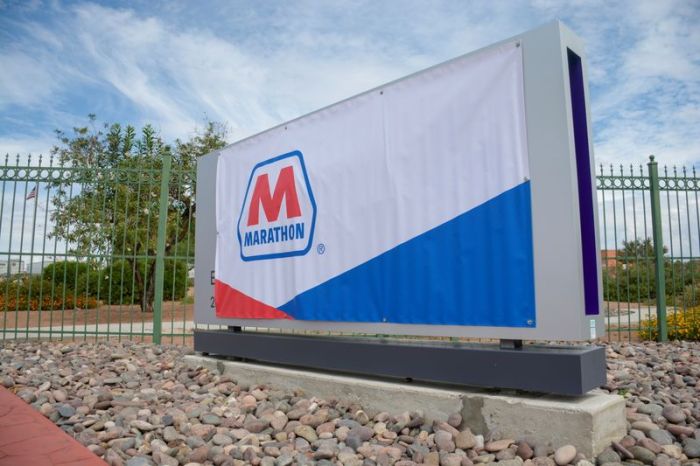DETROIT (Reuters) -General Motors Co’s pickup trucks are hauling in cash through the global semiconductor shortage and a resurgent pandemic, but investors on Wednesday signaled they want more from Chief Executive Mary Barra.
Shares in the No. 1 U.S. automaker fell 7.8%.
The harsh reaction to GM’s numbers – and to strong results earlier Wednesday from Toyota Motor Corp and Honda Motor Co – underscore the uncertainty facing global automakers in a time of technological and economic disruption.
Barra, in a call on Wednesday, said GM will “continue to see the impact this year” of the chip shortage, and expects it will continue into the new year.
But she said trucks, SUVs and crossovers will help buttress results in the second half and beyond, adding, “We’re going to see a strong pricing environment continue throughout the rest of the year and into 2022.”
GM reported second quarter net income of $2.8 billion, or $1.90 a share, compared with a loss in the year-earlier quarter of $806 million, or 56 cents a share. The latest results included an $800 million cost for a second recall of Chevrolet Bolt electric cars.
Excluding items, GM earned $1.97 a share. But analysts were expecting $2.23 a share, according to IBES data from Refinitiv.
And analysts said GM’s full-year profit guidance was conservative. GM raised its full-year forecast for pre-tax profits to $11.5 billion-$13.5 billion, from the previous $10 billion to $11 billion.
Rival Stellantis NV earlier this week boosted its target for full-year operating profit margins to about 10% from an earlier forecast of 5.5%-7.5%.
As GM’s latest results demonstrated, the company’s near-term profits depend heavily on selling high-margin, combustion-engine pickup trucks and big sport utility vehicles in North America. GM’s U.S. electric vehicle sales were about 1.6% of U.S. deliveries in the second quarter.
But GM’s truck franchise market faces threats from Washington, where the Biden administration is expected as early as this week to propose tougher vehicle emissions limits and an accelerated shift to electric vehicles.
The grinding pandemic also continues to threaten GM’s profit machine, directly and indirectly. The company expects to lose production of about 100,000 vehicles in North America in the second half, and anticipates commodity costs rising by $1.5 billion-$2.0 billion.
The spreading Delta variant poses a threat to the company’s workers. GM, Ford Motor Co and Stellantis NV, along with the United Auto Workers, on Tuesday reinstated mandatory mask wearing in their U.S. factories, and called on workers to get vaccinated.
GM has not followed other large U.S. employers in mandating workers get COVID vaccinations. But Barra did not rule out further steps to combat the Delta variant. “We are evaluating what is appropriate and talking to different stakeholders,” Barra said. “We are evaluating multiple choices we can make.”
A ‘MUCH LEANER’ GM
The supply chain crunch and the pandemic have forced GM to learn how to sustain sales and profits with far less inventory at U.S. dealers than in the past.
Going forward, Barra said, “we will be much leaner and efficient.”
GM’s inventories of unsold vehicles as of June 30 were half the year ago levels. It said it had $1.4 billion worth of vehicles in inventory that had been built without certain electronics modules because of the lack of semiconductors.
GM said its more bullish full-year outlook depended on having no vehicles stuck in inventory because of a lack of semiconductors. As of June 30, GM said it had $1.4 billion worth of incomplete vehicles in inventory.
The company reiterated its plan to introduce more than 30 electric vehicles by 2025, including two new EVs that will be aimed at commercial and small-business customers.
However, the second quarter results illustrated the risks of new technology. The money set aside to pay for recalling Bolts to deal with a risk the batteries could catch fire cost an average $11,600 per car.
GM said its previously announced investment of $35 billion between 2020 and 2025 is primarily to increase manufacturing capacity for EVs and batteries. The company said it will add EV production capacity by converting existing combustion-engine vehicle assembly plants.
Barra said she hopes the Biden administration and Congress will deliver more federal money to build electric vehicle charging stations, tax credits for investments in U.S. electric vehicle plants and expanded tax breaks for customers buying both new and used electric cars – all moves that would benefit GM.
GM said adjusted earnings before interest and taxes were a record $4.1 billion, and $8.5 billion in the first half.
(Reporting by Paul Lienert and Ben Klayman in Detroit, writing by Joe White, editing by Louise Heavens and Nick Zieminski)

























